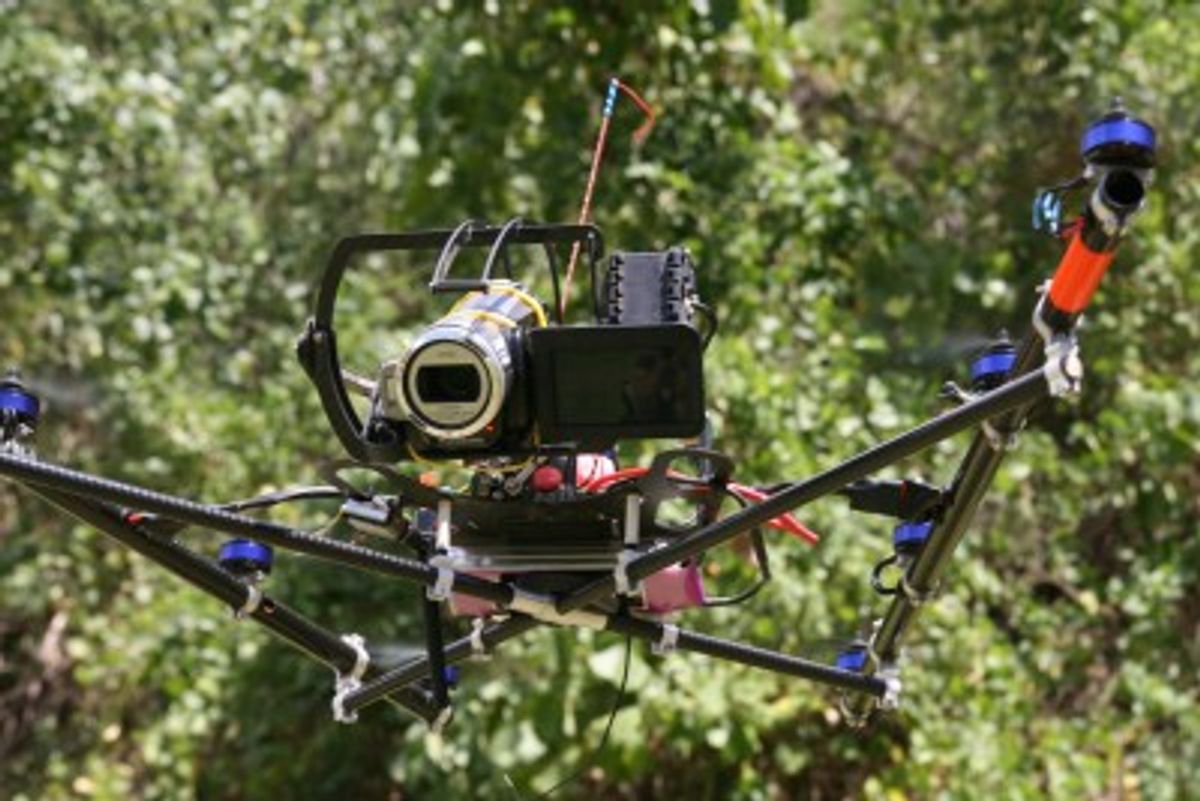Five years ago few people had even heard of quadcopters (also called quadricopters or quadrotors). Now they seem to be everywhere, from university labs and hobbyists to UAV competitions and commercial platforms. What happened?
According to a recent Robots Podcast interview with Joshua Portlock, manager of the CyberQuad project at Australia's Cyber Technology, what happened is a classical case of an enabling technology being driven by the consumer market. Fast, precise and affordable accelerometers are a key technology for quadcopters. Their development was initially driven by their use for airbags in cars, and now increasingly by their use in consumer devices such as mobile phones.
Accelerometers are key because unlike standard helicopters, which use complex mechanics to allow stable flight, quadrotors use fast onboard motor control to take care of stability. This mechanical simplicity is also their main attraction: Quadrotors can navigate in three dimensions using only four moving parts. And the high reliability of brushless motors makes them a simpler, more reliable alternative to many traditional flying platforms.
Hexacopters such as the one featured in the video above allow to pack more rotors into a given size providing more power. Other designs including octocopters (such as the one in the picture below) and ducted fan or counter-rotating versions allow further versatility needed for specific applications such as indoor flight.
The AscTec Falcon 8
For now most applications such as inspection of power lines, oil rigs or wind turbines, law enforcement surveillance or military reconnaissance are very real-time and do not require much autonomy beyond simple GPS waypoint navigation. However, that may soon change.
Future application scenarios include robotic security guards that can rapidly react to a triggered alarm by autonomously providing surveillance of a specific site or area. Other tasks center around autonomous border patrol and perimeter search. And the military is considering sending groups of quadrotor UAVs that can perch on powerlines, rocks and rooftop edges ahead of convoys for advanced surveillance, which may also allow automatic pin-pointing of sniper locations using sound triangulation.
For further reading, have a look at the Portlock interview or the German MikroKopter project.
Thanks Erico, Antoine and Adam!




